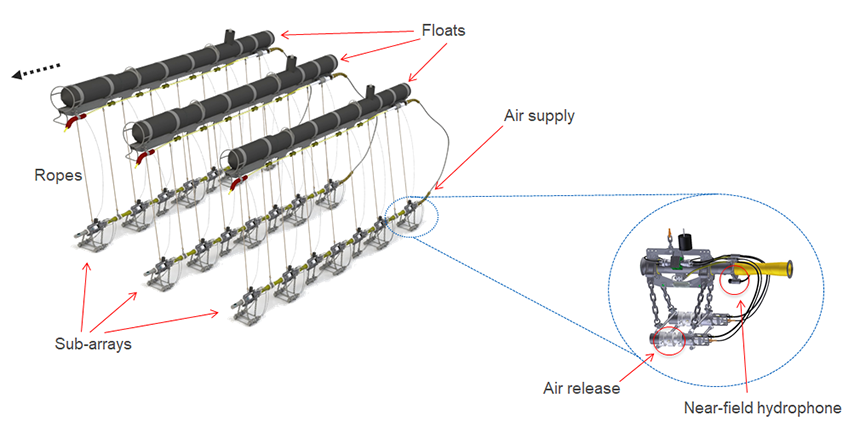Air gun arrays are a highly mature marine seismic source concept. The physics is well understood and the emitted three-dimensional acoustic wavefield can be accurately modeled. Some of the terms used can be confusing, however, such as the relevance of the far-field signature description. In his article, Andrew Long illustrates key elements necessary to describe received sound levels that are essential in discussions of the environmental management of seismic operations.
Source-array configurations are also examined and the limited availability of sub-arrays on a vessel. The article examines how these restrictions have influenced the design and operation of broadband source concepts. The effects of source directivity in various scenarios are also considered.
In the next edition of Industry Insights, Andrew Long will examine marine source concepts promoted in the last two years. Sources are now towed outside the innermost two streamers, and behind the front of the streamers, they include a variety of marine vibrator concepts, use a variety of air gun and marine vibrator designs to emphasize ultra-low frequency output for strategic signal processing applications, and also may involve a new paradigm of treating all seismic data as one continuous dataset rather than a sequential set of many thousands of independent records.
In all scenarios, environmental sensitivity, operational efficiency, and seismic imaging ambitions compete to determine the preferred source solution.
Read the full article: Air Gun Arrays: Setting the Scene for a New Era

Schematic illustration of a source array built from three sub-arrays. Each sub-array has several air guns suspended below a surface float and arranged as individual or pairs of air guns (clusters). A near-field hydrophone is placed at each air gun mounting location. An umbilical connects the vessel to each sub-array and provides air, power and data telemetry.
Contact a PGS expert
If you have questions related to our business please send us an email.